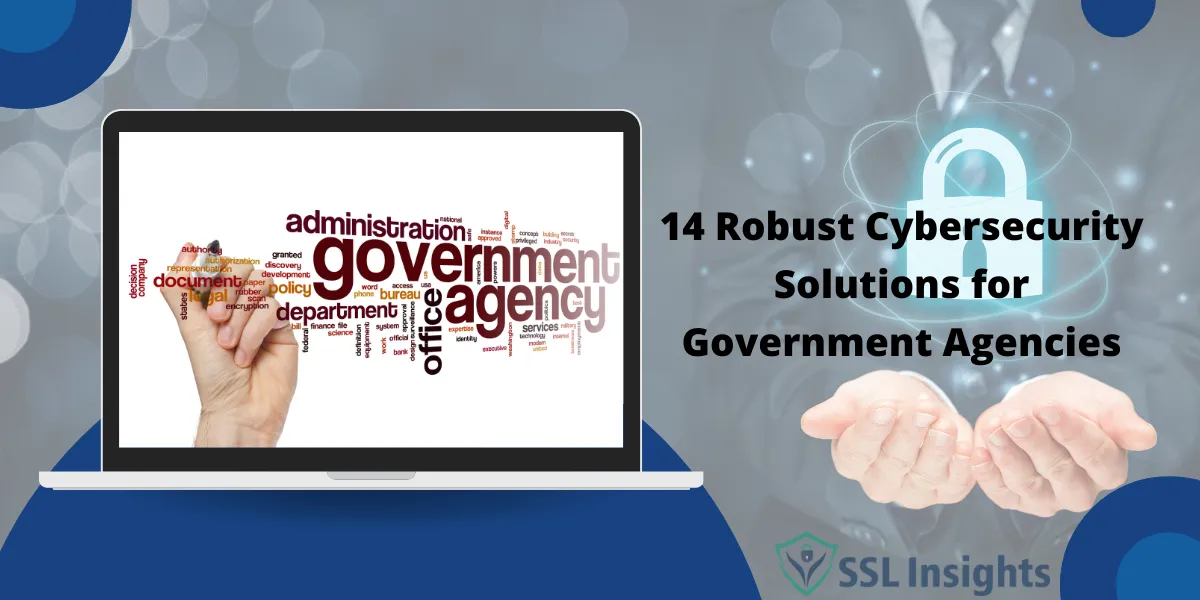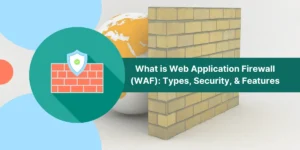1. Multi-Factor Authentication
Using multi-factor authentication ensures an additional security layer. It reduces the risk of unauthorized access by asking for more than just a password. Government workers can access their accounts or data with multiple passwords, mobile credentials, or biometric scans. This is a robust option among the many options for cyber security solutions for government.
2. Encryption Protocols
Encryption scrambles data into unreadable code. Only individuals with the proper decryption key can read it. This approach helps prevent the unauthorized interception of sensitive information. Using robust encryption protocols will keep data confidential on the move and at rest.
3. Firewalls
Firewalls protect internal networks from external vulnerabilities. They analyze the allowed incoming and outgoing traffic and can block malicious activities. However, they need regular updates and configurations.
4. Intrusion Detection Systems
These solutions track network activity for any suspicious actions. They provide a way to quickly respond to security incidents by alerting administrators to potential threats. Intrusion detection systems assist in ascertaining weaknesses and creating higher protection.
5. Regular Security Audits
Security audits are crucial for realizing weaknesses within systems and processes. By regularly testing for potential weaknesses, agencies can make improvements when necessary, ensuring that security measures are always effective and up to date.
6. Employee Training
Security breaches are primarily driven or affected by human error. A comprehensive training program teaches staff how to spot and avoid these dangers. Employees are also trained on best practices surrounding the secure handling of information, decreasing the risk of unintentional breaches.
7. Secure Cloud Solutions
Cloud services allow government processes to scale and flex according to their needs. Choosing secure cloud providers with strong encryption and data protection measures is essential. Users of these services must follow the respective guidelines and continuously undergo vulnerability assessments.
8. Data Loss Prevention
Data loss prevention tools monitor for data transfers and block sensitive information from being shared without authorization. They ensure that sensitive information does not leave the network inadvertently. Doing so minimizes the chance of data leaks and breaches through these solutions.
9. Endpoint Security
Endpoint security is used for devices like computers and mobile phones. Effective antivirus and anti-malware products help keep software from invading machines, and continual updates and patches keep them secure against emerging threats.
10. Network Segmentation
It prevents the lateral movement of possible attack vectors. Segmenting networks allows agencies to control access and contain breaches. If you are attacked, this limits the attack’s footprint and makes threat mitigation easier.
11. Incident Response Plans
Managing matters incidentally is all about preparedness. Agencies need to develop incident response plans and proactively react to breaches before they become crises. The plans describe the containment, investigation, and remediation of threats to limit the amount of damage and the time it takes to recover from a security breach.
12. Secure Access Controls
Access controls define who can access or use resources on a network. Enforcing strict access controls can improve system integrity, as only authorized persons can access sensitive data. Regular reviews of access permissions are another good way to help keep things secure.
13. Vulnerability Management
Vulnerability assessments help identify potential security vulnerabilities. Timely patching of software and systems eliminates vulnerability to exploitation. This means government agencies must stay ahead of new vulnerabilities and work quickly to eliminate them.
14. Threat Intelligence
Knowledge of new emerging threats is critical to securing systems. Threat intelligence is information about threats and threat actors that helps mitigate harmful events in cyberspace. By having the right tools and teams to analyze threats, agencies can stay ahead of the negative impacts of potential threats.
Final Thoughts
Protecting government networks requires an extensive strategy. The fourteen solutions listed in this post can help agencies better defend themselves against cyber threats. Securing sensitive data is vital yet attainable with a proper plan and tools. Taking steps in the right direction can help secure government systems and data from malicious hackers and unauthorized individuals.

Priya Mervana
 Verified Web Security Experts
Verified Web Security Experts
Priya Mervana is working at SSLInsights.com as a web security expert with over 10 years of experience writing about encryption, SSL certificates, and online privacy. She aims to make complex security topics easily understandable for everyday internet users.



